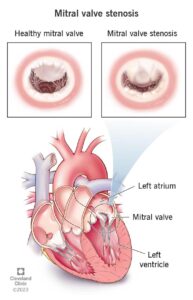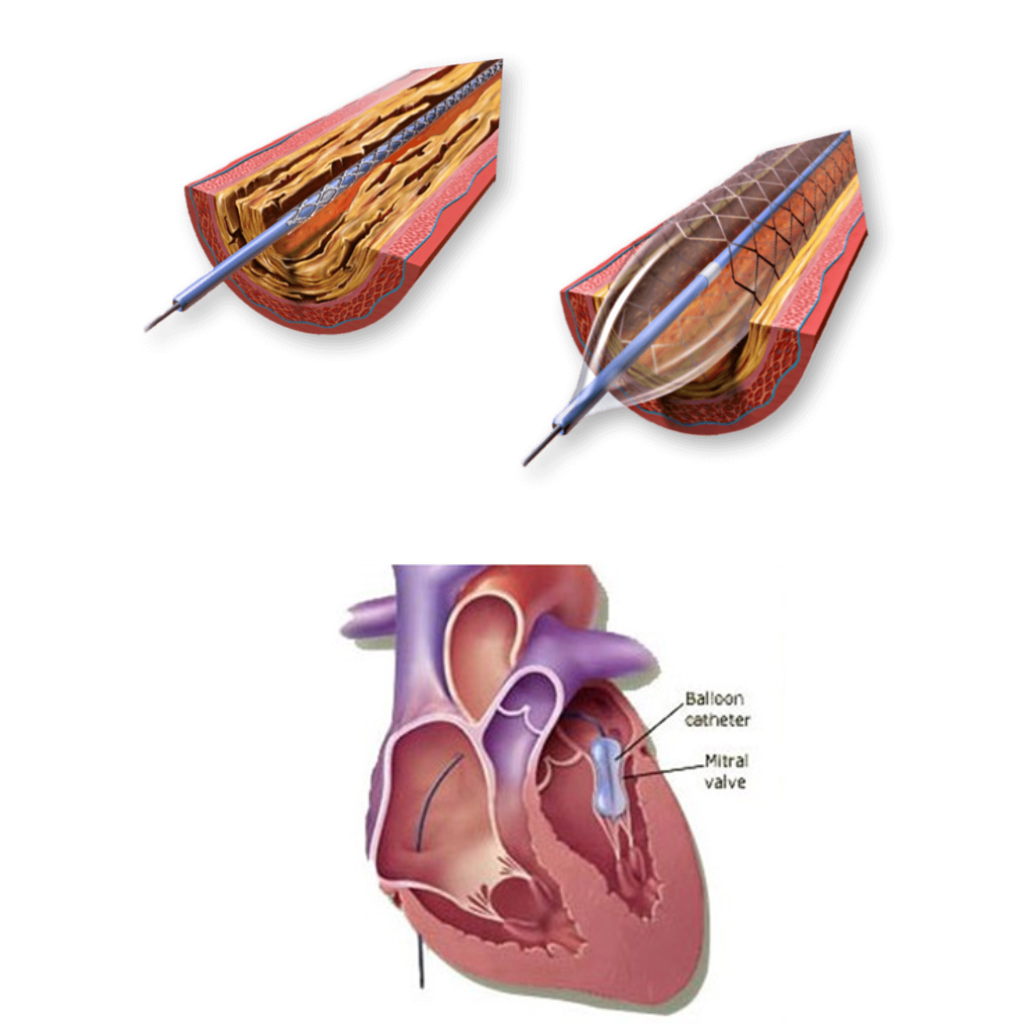- Home
- About Us
- Doctors
- Specialties
- Bariatric Surgery
- Bone Marrow Transplant
- Cancer
- Cardiology
- Cardiovascular And Thoracic Surgery
- Critical Care Medicine
- Dental Surgery
- Dermatology & Cosmetology
- Diabetic Foot Care
- Ear, Nose & Throat
- Endocrinology
- Fetal Medicines
- Gastroenterology
- General Medicine
- General Surgery
- HPB & Gastrointestinal Surgery
- Interventional Radiology
- IVF
- Kidney Transplant
- Laparoscopic Surgery
- Liver Transplant
- Medical And Hemato Oncology
- Neurology
- Neuro & Spine Surgery
- Nephrology And Dialysis
- Nuclear Medicine
- Orthopedic
- Ophthalmology
- Obstetrics And Gynecology
- Pathology Laboratory
- Pediatric
- Peripheral Vascular And Endovascular Surgery
- Physiotherapy and Rehabilitation
- Plastic Reconstruction
- Plastic & Cosmetic Surgery
- Pulmonary Medicine
- Radiation Oncology
- Radiology
- Robotic Surgery
- Surgical Oncology
- Urology
- Facilities
- Patient Area
- Testimonials
- Media
- Contact Us
Balloon Mitral Valvotomy (BMV)
"Defying Stenosis, Embracing Vitality: Your Journey with BMV
Balloon Mitral Valvotomy (BMV) is a specialized medical procedure designed to alleviate the symptoms of heart valve stenosis, a condition in which one or more heart valves become narrowed, hindering the normal flow of blood through the heart. This minimally invasive intervention aims to restore proper valve function and improve the patient’s overall quality of life.
Understanding Heart Valve Stenosis
Heart valve stenosis occurs when the flaps (valves) of the heart do not open or close properly. This can lead to restricted blood flow, causing various symptoms like chest pain, fatigue, shortness of breath, and even heart failure. BMV is most commonly used to treat aortic valve stenosis and mitral valve stenosis.

How BMV Works

Balloon Mitral Valvotomy is a catheter-based procedure that involves the following steps:
1. Patient Evaluation: Before the procedure, your medical team will assess your overall health, heart function, and the severity of the valve stenosis.
2. Anesthesia: You will receive local anesthesia and may be given sedation to keep you comfortable and relaxed during the procedure.
3. Catheter Insertion: A long, thin tube (catheter) is inserted into a blood vessel, usually in the groin, and guided to the affected valve.
4. Balloon Inflation: Once the catheter is in the correct position, a deflated balloon at its tip is inflated within the narrowed valve. This action widens the valve opening, allowing for improved blood flow.
5. Monitoring: Throughout the procedure, your medical team will use imaging technology, such as fluoroscopy, to monitor the balloon’s position and the valve’s response.
6. Deflation and Removal: After the valve has been successfully expanded, the balloon is deflated and withdrawn. The catheter is then removed.
7. Recovery: Following the procedure, you’ll be closely monitored in a recovery area. Most patients can return home the same day or the following day.
Benefits of BMV
- Minimally Invasive: BMV is a less invasive alternative to open-heart surgery, reducing the risks associated with major surgical procedures.
- Symptom Relief: By widening the narrowed valve, BMV helps alleviate symptoms such as shortness of breath, chest pain, and fatigue.
- Improved Quality of Life: Many patients experience a significant improvement in their overall quality of life after BMV.

